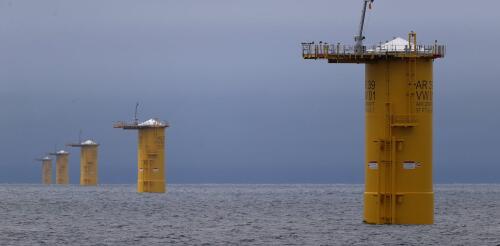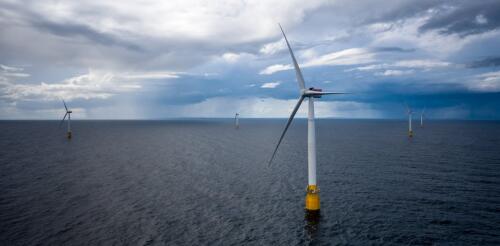Offshore wind farms
America’s first large-scale offshore wind farms began sending power to the Northeast in early 2024, but a wave of wind farm project cancellations and rising costs have left many people with doubts about the industry’s future in the U.S. Several big hitters, including Ørsted, Equinor, BP and Avangrid, have canceled contracts or sought to renegotiate them in recent months. Pulling out meant the companies faced cancellation penalties ranging from US$16 million to several hundred million dollars per project. It also resulted in Siemens Energy, the world’s largest maker of offshore wind turbines, anticipating financial losses in 2024 of around $2.2 billion. Altogether, projects that had been canceled by the end of 2023 were expected to total more than 12 gigawatts of power, representing more than half of the capacity in the project pipeline. So, what happened, and can the U.S. offshore wind industry recover? Estimates...
As renewable energy production expands across the U.S., the environmental impacts of these new sources are receiving increased attention. In a recent report, the National Academies of Sciences, Engineering, and Medicine examined whether and how constructing offshore wind farms in the Nantucket Shoals region, southeast of Massachusetts, could affect critically endangered North Atlantic right whales. The Conversation asked marine scientists Erin L. Meyer-Gutbrod, Douglas Nowacek, Eileen E. Hofmann and Josh Kohut, all of whom served on the study committee, to explain the report’s key findings. Why did this study focus on such a specific site? The Bureau of Ocean Energy Management, which is part of the U.S. Department of the Interior and regulates offshore energy production, asked the National Academies to conduct this study. Regulators wanted to better understand how installing and operating offshore, fixed-bottom wind turbine generators would affect physical oceanographic pr...
Northern California has some of the strongest offshore winds in the U.S., with immense potential to produce clean energy. But it also has a problem. Its continental shelf drops off quickly, making building traditional wind turbines directly on the seafloor costly if not impossible. Once water gets more than about 200 feet deep – roughly the height of an 18-story building – these “monopile” structures are pretty much out of the question. A solution has emerged that’s being tested in several locations around the world: wind turbines that float. In California, where drought has put pressure on the hydropower supply, the state is moving forward on a plan to develop the nation’s first floating offshore wind farms. On Dec. 7, 2022, the federal government auctioned off five lease areas about 20 miles off the California coast to companies with plans to develop floating wind farms. The bids were lower than recent leases off the Atlantic coast, where...


